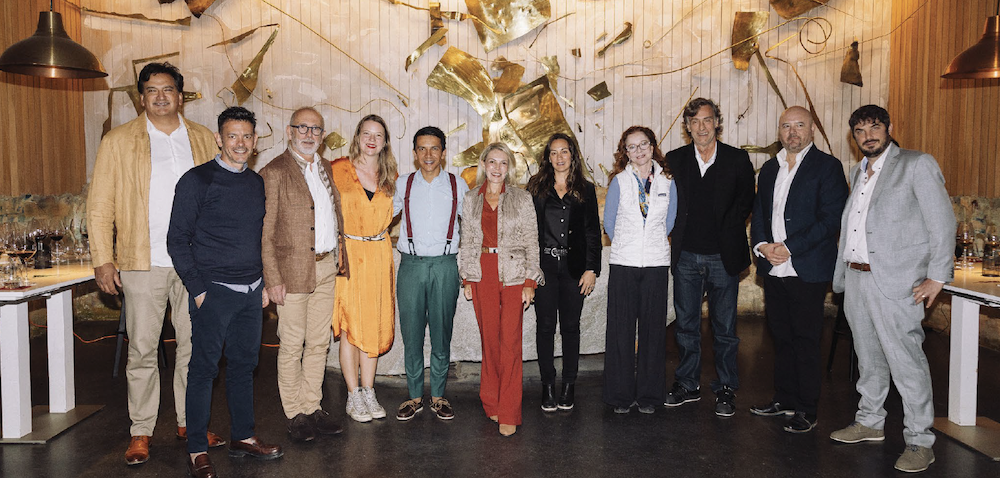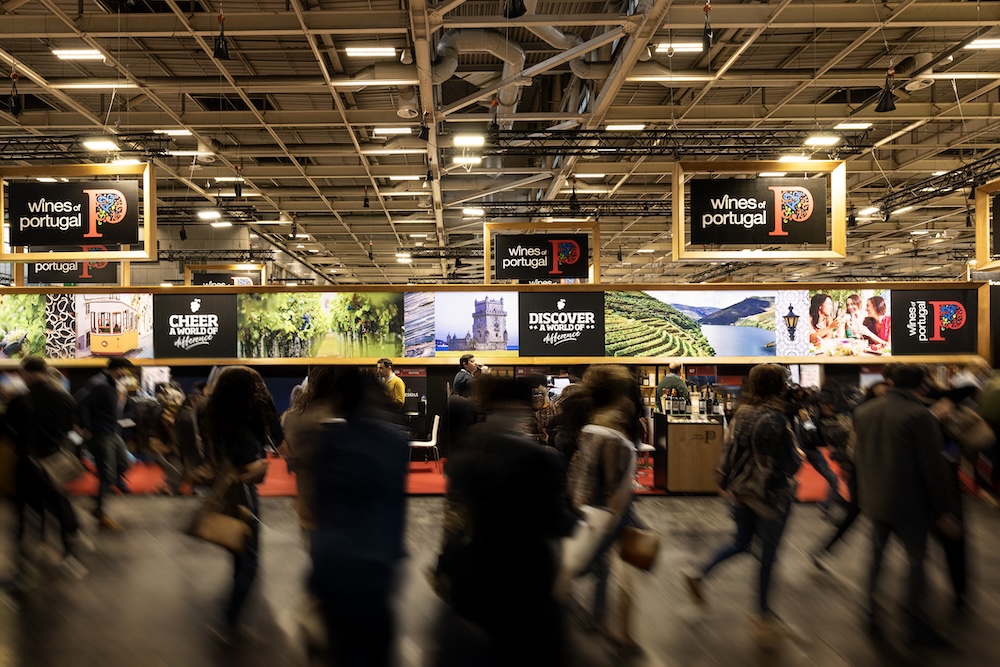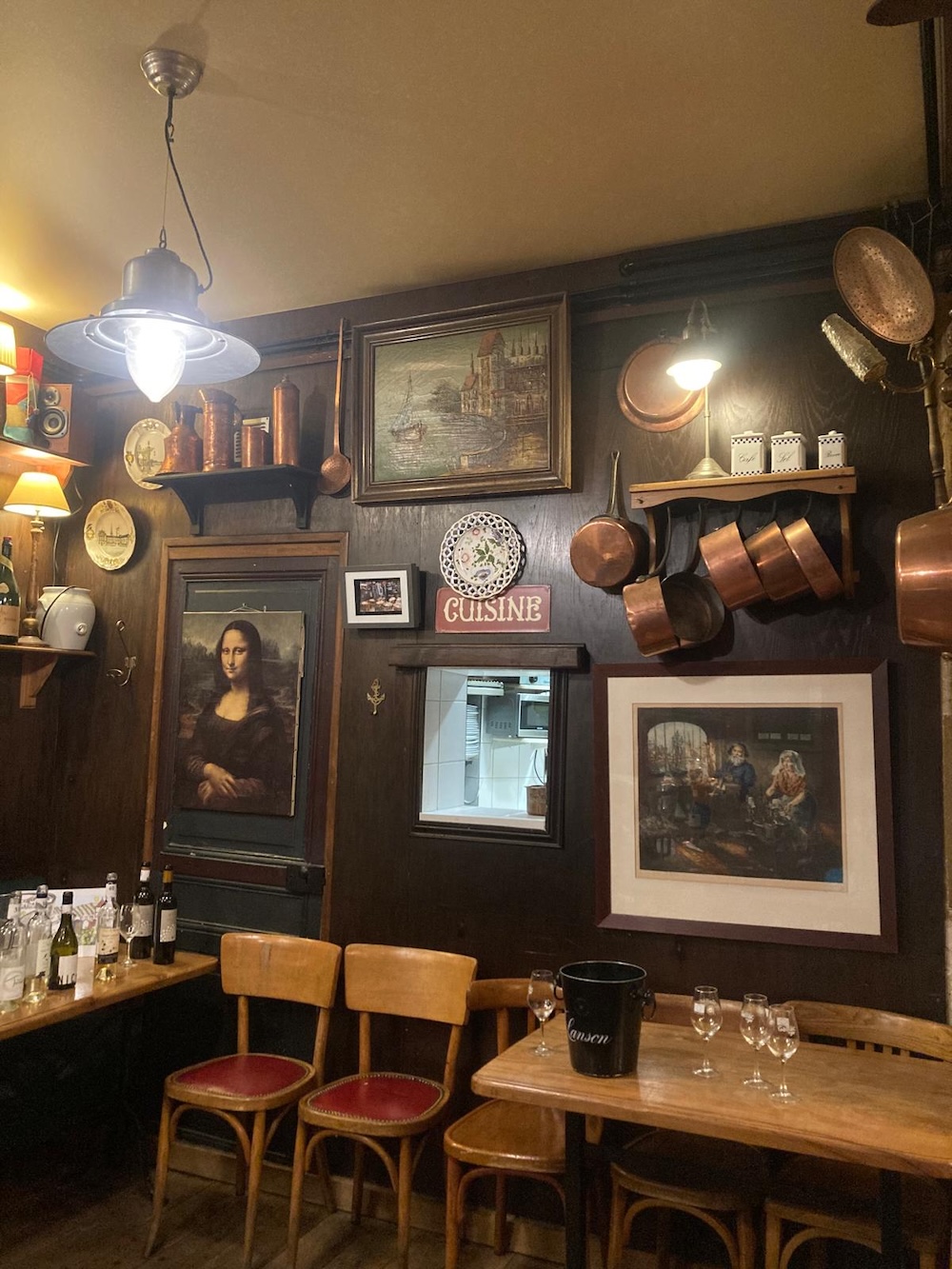
Discovery

Discovery
By Francesco Saverio Russo photographs: Courtesy of the estates, posted on 19 June 2023
Chianti is probably the best-known ‘brand’ of Italian wine in the world, but not everyone knows its historical roots and the differences between the various designations, starting with Chianti and Chianti Classico. These are two different Docgs and Chianti Classico is not a sub-region of Chianti, but a separate area with different production regulations and a separate consortium.

In 1716 Cosimo III De Medici, the Grand Duke of Tuscany, defined the geographical boundaries for wine production within the region, a sort of first DOC. In the 'Bando Mediceo' (the world's first wine regulations) four areas were defined: Chianti, Pomino, Carmignano and Val d'Arno di Sopra (all later to become Docs or Docgs). Among these areas, the Chianti region was clearly identified.
The need to distinguish between the two designations, Chianti and Chianti Classico, only emerged later.
In the 20th century, demand for Chianti wine was so high that, in order to satisfy consumers, production spilled out into neighbouring areas, outside the borders established by the Medici ‘ban’.
Producers in the original area thus decided to protect themselves, first founding a consortium to defend 'their' wine from imitations and then fighting to obtain their own appellation. These efforts were rewarded in 1932 by a ministerial decree that recognised the wine produced in the original Chianti area (the one established by the Medici decree) by allowing it to use the attribute 'Classico'. Thus was born the famous Chianti Classico wine, associated with the historic Black Rooster brand.
While the Chianti Docg areas cover the provinces of Florence, Siena, Arezzo, Pisa, Pistoia and Prato, the Chianti Classico Docg represents a central part of these areas, only within the much more restricted and consistent boundaries of the provinces of Siena and Florence. The Chianti Classico area is extremely limited compared to the vast swathes of Chianti vineyards. However, territory is not the only difference between Chianti and Chianti Classico, as the production specifications also differ significantly. Both wines are mainly produced from Sangiovese grapes, but in Chianti Docg the minimum proportion of Sangiovese is 70% while in Chianti Classico Docg it is 80%. Hence, a wine (either Chianti or Chianti Classico) may be made from single varietal Sangiovese, but is often blended: based on the tradition of Chianti grapes (Sangiovese and the 'gregari' typical of the region such as Colorino, Canaiolo, Mammolo, Ciliegiolo, etc.) or with the addition of so-called international grapes such as Cabernet Sauvignon, Merlot and Syrah.
Also, for Chianti Docg there are the following styles: Chianti (fresher and lighter), Chianti superiore (more refined and structured) Chianti riserva (more evolved and complex) and the names of sub-areas featured: Chianti Colli Aretini, Chianti Colli Fiorentini, Chianti Colli Senesi, Chianti Colline Pisane, Chianti Montalbano, Chianti Montespertoli and Chianti Rufina. Some of the 'sub-areas' boast small but decisive variations to the specifications. For Chianti Classico there can be the following variations of the Docg: Chianti Classico, Chianti Classico Riserva and Chianti Classico Gran Selezione. Without going into detail, 'basic' Chianti Classico, so to speak, must be aged for at least 12 months, whereas for Chianti Classico Riserva, the ageing time is increased to 24 months.
Chianti Classico Gran Selezione (introduced in 2014) is at the apex of the pyramid and comes from a single vineyard or a selection of the best grapes with minimum ageing of 30 months. From July 2023, for the Gran Selezione it will be possible to use the 11 UGAs (or Additional Geographical Units) resulting from the zoning process completed in the region: Castellina, Castelnuovo Berardenga, Gaiole, Greve, Lamole, Montefioralle, Panzano, Radda, San Casciano, San Donato in Poggio, and Vagliagli, with the introduction of 90% (currently 80%) minimum Sangiovese and, in the case of blends, a maximum of 10% of native grapes only (today also international).


Both have a designation dedicated to Vin Santo, a historic 'sweet' wine with an oxidative character that can be either Vin Santo del Chianti Doc or Vin Santo del Chianti Classico Doc (at least 70% Trebbiano and Malvasia, plus small percentages of other grapes including San Colombana). If at least 80% Sangiovese is used, the very rare Vin Santo 'Occhio di Pernice' (‘Partridge Eye’) is obtained.
The differences are manifold, but we will try and explore them, at least in part, through a selection of wineries representing the two areas and designations.
Bonacchi was founded in the 19th century by Enrico Bonacchi and has been producing, bottling and marketing Tuscan wines for three generations. Over the years, he acquired three farms: 40 ha of Chianti Montalbano with the vineyards located around the bottling plant; 23 ha of Chianti Classico on the Casalino Farm in Castelnuovo Berardenga; 11 ha of Brunello and Rosso di Montalcino; and 12 ha of vineyards dedicated to the production of Chianti Colli Senesi and Vermentino on the Molino della Suga Farm in Montalcino. In December 2022, a 4ha farm was also purchased in Bolgheri. The companies produce around 3,000,000 bottles with a modern approach that captures the fruitiness of the grapes together with their structure while maintaining an excellent level of elegance. "For Bonacchi, the Chianti brand identifies Tuscany in the collective imagination and is positioned as a quality but 'mealtime' wine. Another story is Chianti Classico, which is placed in the medium-high bracket. Sangiovese was and is the region’s identity and defines Chianti wines, but we believe that abandoning or moving too far away from tradition is wrong. Traditions have brought global fame to Chianti wine, and we must never forget that. It is true that if the consumer's taste requires softer, less tannic wines, other grape varieties can be introduced in weighted percentages to help Sangiovese, without upsetting tradition. Fashions change, tastes change, but Chianti has always been there!"

Castellani is a family-run business, now in its fifth generation, which owns seven farms, five of which are in the Chianti region (Ceppaiano, Santa Lucia, Poggio al Casone, Burchino and Montefoscoli) and one in Chianti Classico, in Radda in Chianti (Campomaggio).
The main grape variety is Sangiovese (about 80% of the vineyards). The remaining 20 per cent consists of a mix of indigenous and international vines planted according to individual vineyard sites. Each winery is equipped with its own cellar and thanks to the team of Castellani winemakers is able to carry out immediate pressing of grapes, winemaking and maturation techniques using traditional methods. The company is an example of the connection between Chianti and Chianti Classico, as Castellani produces: Chianti Docg, Chianti Docg Riserva, Chianti Superiore Docg and Chianti Classico Docg and Chianti Classico Riserva Docg (soon also a Chianti Classico Gran Selezione). "Even now, we continue to witness some confusion among end consumers regarding the distinction between the various Chianti designations and Chianti itself. The various consortia are continuing to invest in promotional activities and events to make sure each designation is fully understood: if we continue in this way, with perseverance, we are convinced that this confusion between designations will soon be resolved."
Castellani believes that the Sangiovese produced in Tuscany is seen as an excellent product worldwide and it is up to the producers to make the most of this and communicate it in the best way possible, combining traditional methods with a more contemporary and forward-looking vision.
In recent years, the winery has focused on pure Sangiovese, with the aim of showing of its multifaceted and inherent identity.

Uggiano was founded in 1976 in the Castle of Montespertoli by French-trained winemaker Giuseppe Losapio. The vineyards are located between 250 and 300 metres above sea level, between Montespertoli in Montelupo Fiorentino and San Casciano Val di Pesa. In addition to Sangiovese and Canaiolo, it grows Merlot, Cabernet Sauvignon, Syrah and Chardonnay. The winery is located exactly on the border between Chianti and Chianti Classico. Hence, the Uggiano winery produces various styles of wines: Chianti Classico Docg and Chianti Docg, as well as some sub-areas such as Chianti Colli Fiorentini Docg.
Since 2015, the company has been run by three long-standing employees from Uggiano, dedicated to maintaining the company's high reputation and great name. For the new management, in the international collective imagination, a glass of Chianti is not just a red wine, but an expression of local culture and traditions. The strong evocative link that immediately brings to mind the hills and landscapes typical of the Tuscan hinterland is undeniable, and the Uggiano winery knows this very well in view of the context in which it is itself immersed. "In addition, an excellent review of the brand has allowed quality and refinement to be reasserted, shedding the idea of 'rusticity' and 'everydayness', typically embodied by the traditional bottle. Presenting the difference between Chianti Classico and Chianti is difficult, especially for the sub-areas of the latter. It is precisely for this reason that Uggiano tries to emphasise the differences between the various areas at events and exhibitions, as it considers them an added value for the qualification and differentiation of its products."
For Uggiano, Sangiovese is synonymous with Chianti and in the last 20 years its perception has grown a lot among consumers. Tradition is fundamental and Chianti is historically a blend of Sangiovese, Canaiolo, Colorino and Ciliegiolo (sometimes with Malvasia and Trebbiano). Therefore, a true glass of Tuscan wine is represented by the coexistence, in the vineyard and in the glass, of the grapes typical of the region. However, respect for tradition cannot be synonymous with resistance to innovation, which is why Uggiano also produces a blend of Sangiovese and Cabernet Sauvignon for Chianti Colli Fiorentini.

Founded in 1929 in Poggibonsi, Guidi has been handed down from generation after generation to enhance the name of Tuscany, and especially Chianti, in its two designations: Chianti Docg in San Gimignano, and Chianti Classico Docg in the San Donato in Poggio area. They are two different products in terms of style and price range, but both highly are sought-after in the market. Confusion among consumers and, at times, even among industry insiders has prompted the company to simplify by mentioning only Chianti Docg (without sub-zones) for Guidi 1929's Chianti. The Chianti Classico brand is easier to recognise, thanks to the Black Rooster, which universally represents a 'quality' brand and also helps significantly in securing a place for it on wine lists.
"Sangiovese remains and will remain our trademark variety, but unfortunately consumers are not always aware that Chianti wines are made in large part or wholly from Sangiovese. Customers sometimes ask for Sangiovese and not Chianti, and this makes us realise how much confusion there is, even though we are talking about one of the world's most famous wine-growing areas. On the other hand, Sangiovese is perceived as a 'hard' wine in certain markets that appreciate softer wines, and this is why we have to work in the vineyard and in the cellar for a more contemporary Chianti." It does not matter whether it is a single varietal or part of a blend, and it is important for Guidi to continually raise the quality and perception of terroir regardless of the grape varieties.


The Cantina Sociale Colli Fiorentini was founded in 1972 as a group of 23 founding members, and has now notched up a history of over 50 years. A great spirit of cooperation guarantees all members, regardless of their size, the best possible remuneration for the relevant products, protecting both the region and the social fabric. Today, Colli Fiorentini is the leading Chianti producer by volume, with 8% of total production. It now has more than 300 members farming 1,500 hectares that produce 110,000 quintals of grapes. Last year, more than 90,000 hectolitres of wine were produced, equating to more than 600,000 bottles. The Colli Fiorentini Winery produces the Docgs Chianti, Chianti Colli Fiorentini, Chianti Montespertoli, and Chianti Classico. Although the most common type of grape is Sangiovese, the winery nevertheless receives and fermentations many varieties, ranging from Merlot to Colorino, Malvasia to Vermentino, via Syrah, Ciliegiolo, Cabernet and Trebbiano.
"Chianti' can be used imprecisely and vaguely, both in Italy and abroad, to refer to a wide range of wines. The confusion and relative difficulty in positioning it in a well-defined price bracket may be due, ironically, to its long history and the imprecise use of the name, which have led to a lack of clarity and precision regarding its image and identity. Despite this, Chianti remains one of the best known and most appreciated Italian wines in the world."
Sangiovese remains a grape variety of great significance for producing high-quality wines and its perception has changed positively over the last 20 years, thanks to increasing attention by producers and consumers to its characteristics. The choice between single varietal or blends depends on many factors, such as area, climate, producer and consumer preferences, along with market trends.
On the one hand, a single variety can be seen as added value, allowing the characteristics of the grape variety and terroir to be showcased; on the other, blends have the advantage of being able to combine the characteristics of several grape varieties and respond well to climatic changes.


Lornano is a historic winery producing Chianti Classico. It has been owned by the same family since 1904 and has been a member of the Chianti Classico Consortium since its foundation in 1924. Today, the property covers 180 hectares, 70 of which are vineyards. 80% of the vineyards are planted to selected clones of Sangiovese, the remaining 20% to Cabernet Sauvignon and Merlot. There is also a small percentage of Malvasia Bianca and Trebbiano Toscano that are used for making Vin Santo del Chianti Classico. Lornano produces all types of Chianti Classico Docg: Chianti Classico, Chianti Classico Riserva, Chianti Classico Gran Selezione. “Unfortunately, there is still confusion and a tendency to make little distinction between the Chianti appellation and the Chianti Classico appellation. We certainly need to work harder to spread the word and make people realise the considerable differences between what to all intents and purposes are two distinct appellations. These are fundamental differences that relate to area, history and, last but not least, production specifications. This all has a decisive impact on the final result”.
Lornano believes that Sangiovese is increasingly perceived as a grape variety that can produce long-lived wines, characterised by good structure. Through ageing, which lends finesse and elegance, the perception of a 'rustic vine' is now a thing of the past. Over the years, the potential of the grape variety within its production areas has been realised, even as a single varietal. It is now viewed as a mirror to the characteristics of each area, vineyard and vintage.


Salcheto is located just a stone's throw from the historic centre of Montepulciano and its name derives from Salco, which in the ancient Tuscan dialect means ‘Salice’ or willow. The tree was historically important in wine-growing areas because its branches were used to tie the vines. ‘Salcheto’ is also the name of the stream that rises at the foot of Montepulciano and traces the estate’s boundary. Founded in 1984 as a classic multi-crop farm, Salcheto has been helmed since 1997 by Michele Manelli, the winery’s founder and first winemaker, whose mantra is ‘Sangiovese, sustainability and quality’. More than 30 years after it was established, the winery has an innovative image that reflects its journey and successes: terroir-driven wines and Sangiovese grapes, an increasing focus on drinkability and 58ha of organic vineyards producing 400,000 bottles of fine wine in one of the most environmentally advanced wineries with a footprint of approximately 3,400 m2 which is energy self-sufficient. It is a 'responsible' company, with a practical approach to sustainability and respect for the environment, without ever losing sight of its main purpose, which is to produce good wines. For Salcheto, Chianti (it produces only one) is synonymous with Tuscan wine, but not just any Tuscan wine – it encapsulates the hinterland areas devoted to Sangiovese-based reds, producing a refined Tuscan table wine that is gruff yet elegant, like the land it comes from. “Sangiovese is the soul of Chianti and Tuscan reds, and today this value is recognised more than ever. Although for a few decades it moved into the background because of its less robust and rounded style compared with others, these characteristics together with its freshness make it more contemporary than ever and it is now widely enjoyed”.
Style and vocation are everything, and Sangiovese, on its own or as the dominant grape, when grown in suitable vineyards in ideal vintages, can be excellent. If the right conditions are not in place, blends are a welcome alternative, with their effects on the perception of identity. Fortunately, although quantities are suffering, the quality of Sangiovese has not yet been affected by climate change.


Despite great competition from Italian and foreign wines, Chianti and Chianti Classico demonstrate that they can continue to champion their designations, albeit in different ways and with different objectives and numbers. Exports are growing for both, with the USA, Canada, Germany and the United Kingdom acting as a driving force, more than compensating for a slight drop in the domestic market.

Discovery

Discovery

Discovery